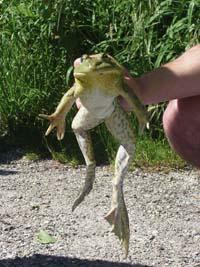The silent fall of amphibians caused by new diseases
2021/12/01 Sanz-Azkue, Iñaki - Aranzadiko Herpetologia Saila Iturria: Elhuyar aldizkaria
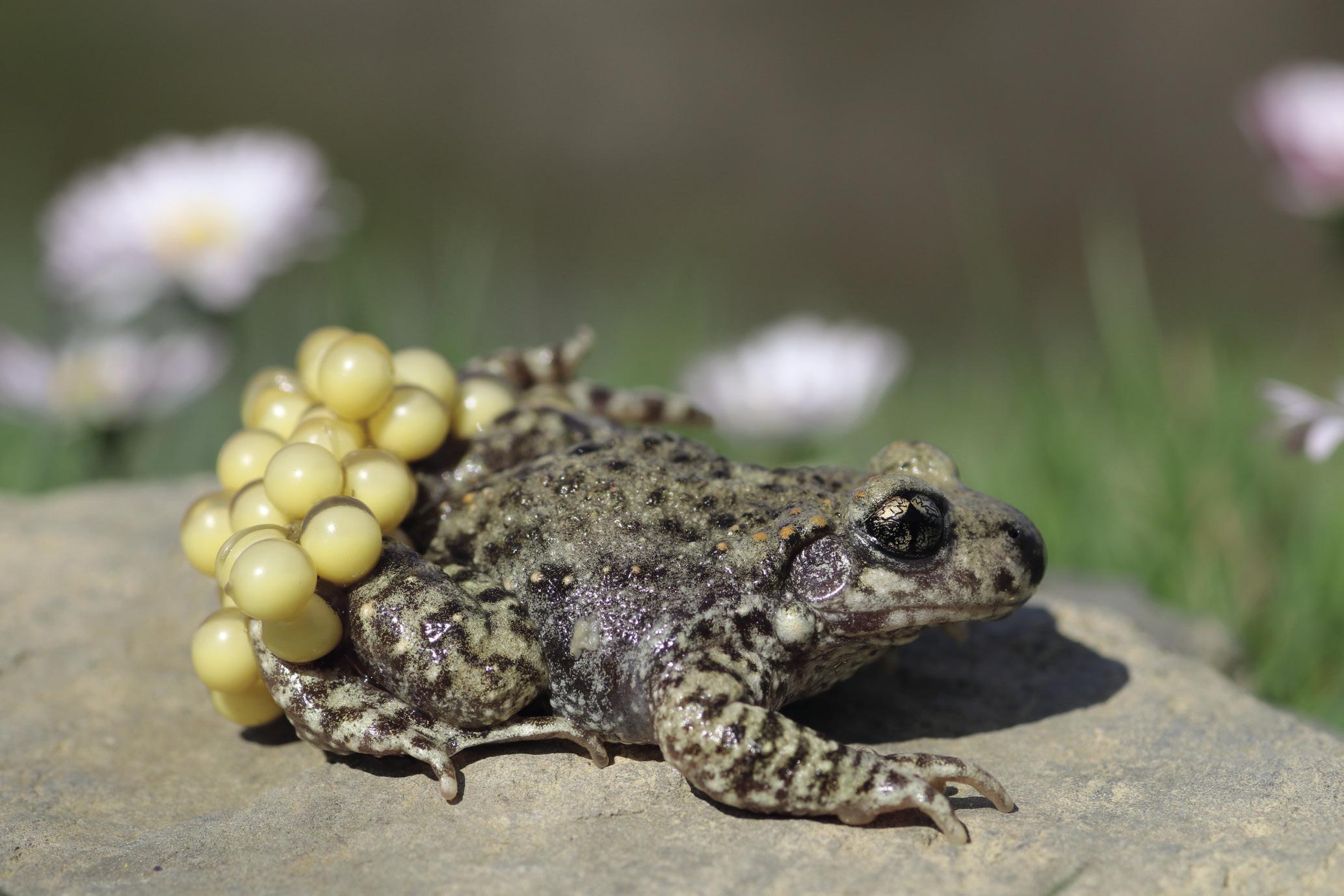
Amphibians are small and fleeting and silent outside of the reproductive age. In addition, research on this group of vertebrates is scarce with respect to birds or mammals. The sum of all these features gives rise to an uncomfortable cocktail: little knowledge and many threats. So it emerges, without lifting the dust, without anyone noticing, the silent fall of an animal. It goes unnoticed until one day there are striking facts. And then they turn on all the alarms. In fact, amphibians are excellent meters for humans to know our environmental health. These are the first informants of vulnerable species who indicate that something goes wrong, they are exceptional bioindicators.
Invited by the Society of Sciences Aranzadi, to San Sebastian, for the conservation of amphibians. Last autumn, CSIC researcher Jaime Bosch attended the conference: “Here I am, as always, willing to give good news,” he said with his irony. A little smile to the people who came and did better. Bosch works with the new diseases of amphibians, and what he said next surprised and worried listeners.
Scientists started talking about the global decline of amphibians in the 1980s. From one year to the next, amphibian populations disappeared from that time. Studies published in 1993 already indicated that 500 species from the five continents were in decline. And so, little by little, the events we heard worldwide began to approach Euskal Herria.
Matanza Peñalara
Summer 1998. A serious event triggered all the alarms in the Guadarrama mountains, in the Peñalara Natural Park (Madrid). Hundreds of common txantxikos (Alytes obstetricans) that had just metamorphosis appeared dead in the mouths around two thousand meters. In an apparently excellent conservation area.
Over time, more dead jokes appeared. As if it were too little, the amphibians did not have any symptoms to guess what killed them. The species that used to be very common started clearing in the short term. In the summer of 1999, just one year, 86% of the larvae of the Txantxiku population were extinct. The Peñalara was a silent decline, unprecedented at European level.
Among the herpetologists dedicated to the investigation of amphibians and reptiles, concern prevailed. The discovery of reason was essential to face the situation. Thus, after investigating samples of dead amphibians, the study discovered the light: the disease that ended the jokes was new. The massacre was caused by a fungus called Batrachochytrium dendrobatis (Bd), from the Kitridu group. In hiding, the silent and invisible massacre spread within the body.
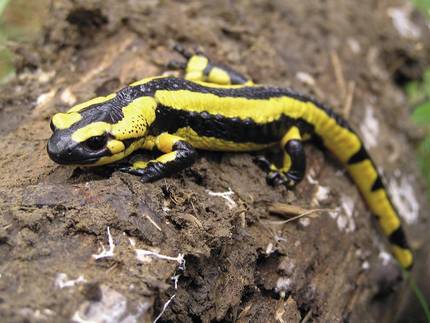
As invisible as spectacular
The invisible in the eyes of man becomes visible by looking at it with the electron microscope. So on the surface of the dead brooches in Peñalara, outside, you see the discharge tubes used by the zoossporangiums to release the zoospores as if they were volcano craters. Thus, scientists understood the technique that used this fungus to bring the animal to death: the fungus penetrates into the keratinized zones of amphibians, altering the homeostatic balance and gradually transporting the animal to death to be eliminated by a heart attack.
Scientists already had their ears upright and, with the event to Peñala, the concern for the status of amphibians in Europe increased.
Since then, compliance with the plan has begun. The appearance of the fungus at different points in the Iberian peninsula occasionally caused scientists to begin to observe important decreases in populations. Among the species, the common txantxiku was the most influential, and in the case of the common Iberian toad (Bufo spinosus) and the ravines (Salamandra salamandra) the effects of the disease were also observed. Also in unique species at the peninsular scale.
It was recognized in Andalusia with the typical txantxiku (Alytes dickhilleni). In fact, in the area where this endemic species of the Iberian Peninsula dwells, a disease was detected in the typical area of the species and the other, along with a protected area, both distanced from cities and humans. The scientists did not delay asking questions: how? Why? And especially where has the fungus come from in these areas? The hypothesis that many experts think at least is curious: it is possible that scientists themselves have carried the fungus. Or the amateur herpetologists who came from Europe to see this peculiar txantxiku. Unwittingly, through amphibian capture networks, or water boots, the disease was taken from somewhere. In 2009, 10% of sites were already infected. In 2019, ten years later, the data were even more worrying: 59% of the areas were contaminated and 11% of the amphibian population had already disappeared.
However, in recent years the disease has spread throughout the Iberian peninsula. The trend of expansion continues. And less if man doesn't avoid it.
And suddenly -- the evil of the eggs!
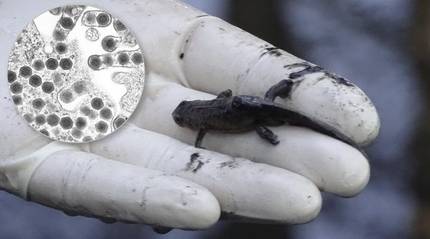
The case of Peñalara has led to an 18-year research project. Many questions have arisen that have required extensive experiments and data collection, but progress is small. The fight against the disease will be laborious.
And so, while fungi were trying to solve the headaches that were created globally, the researcher who in 2003 turned to an event again. In the area between Belgium, the Netherlands and Germany another fungus appeared, of the same genus as the previous one, but with different species: [Batrachochytrium salamandrivorans (Bsal)]. The entrance to the new fungus was impressive and directly affected its common roots (Salamandra salamandra) and triton species. In the case of the first species, the result was terrible. Only 13% of infected forests are able to survive, and in a few weeks the disease is able to eliminate an entire population. Thus, the Dutch suburbs were about to disappear and the first job of the researchers was to make the effort to control and not extend the area.
A few years later he appeared in the Montnegre Natural Park of Catalonia. In a well there were several dead specimens of the Marmolaire triton (Molius marmoratus) and soon after the ravines. Panicked, the administration kept the area secret and closed the entrance. Since then it seems to be under control and no more appearances have been found throughout the Iberian peninsula. But herpetologists remain vigilant. In fact, the disease was caused by an exotic triton loose in the well, released in nature by a person who has amphibians at home as a hobby.
Preceded the coronavirus… the ranabirus
Little by little with the fungi appears the ranabirosis. And it's spread. This virus, which contaminates amphibians, reptiles and fish, is usually in water, soil or in a hostel, and contact with it is often enough to increase contamination. When the virus is introduced into the host's body, it causes bleeding and loss of limbs and eyes, necrosis of internal organs and secondary infections.
With these symptoms, hundreds of amphibians have died in the reservoir of Pontillón (Galerium) in the last ten years, including the tritre marmolaire (Crusus marmoratus) and the triton (Lissotriton boscai). Place and reservoir where international canoeing championships are held. Several canoeists from around the world, after spending the days in the area where they are infected, go to their village and considering that they will return to another well, draw the bills.
Also in the Pico National Park in Europe, in an area with the highest level of protection, there were cases of ranabirosis. Such events should at least be an excuse for reflection. In fact, at a time when the bat virus has passed on to humans, we have realized that it is important to investigate and to subsidize this kind of research is more an investment than a waste.
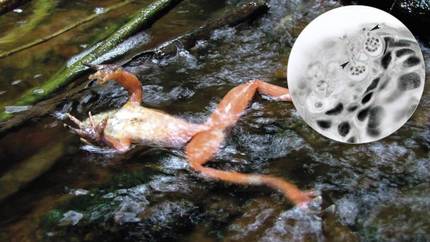
And in Euskal Herria what?
In 2009, work was carried out in the Autonomous Community of the Basque Country to know the presence of the disease produced by the fungus Bd. In it, 175 samples were taken from 13 natural areas, with only 3 positive samples. One in Araba, Bizkaia and Gipuzkoa. The Bsal disease found in Catalonia, fortunately, has not reached Euskal Herria, unlike the ranabirus. In fact, in recent years dead copies have been found for the latter and four points have already been found contaminated by this virus. It's not a joke. In Navarra positive samples were also found with Bd's disease (data provided by Jaime Bosch: www.sosanfibios.org)... In Lapurdi, Baja Navarra and Zuberoa there are no known samples, but on the Pyrenean border, the typical mushroom shoots have already appeared.
Some special species that we can find in the Basque Country, however, should be preserved with magnifying glass. In Aragon (and on the border with Navarre) catches of tadpoles from the Pyrenean frog (Rana pyrenaica) have already been started in order to boost the breeding and farming populations in nurseries. In fact, in this small frog, only located worldwide in the Pyrenees mountains, massive mortalities have already been observed. Prevention is the best weapon left. Therefore, the Department of Herpetology of the Society of Aranzadi Sciences is working on an investigation in which associations such as the study of samples of different species of the Pyrenees and of the whole Euskal Herria participate, in order to know the extent of the disease.
New hygienic habits for scientists
Studies to date have not found an effective methodology to combat disease. Therefore, one of the tasks to perform is to prevent the spread of the disease and herpetologists have already begun to implement hygiene protocols and disinfect their material for each of the mouths to be sampled. In addition, the use of gloves is mandatory in the handling of animals to prevent the transmission of diseases.
Amphibians have been part of the evolutionary chain of this world for 200 million years. It is impossible to foresee the consequences of their disappearance, but it is clear that their relationship with trophic networks and with other living beings could lead to changes in ecosystems. Some birds and reptiles subjected to amphibian diets, for example, should change their prey. And there would also be an influence on the populations of insects and invertebrates, some of them carriers of diseases, that feed on amphibians. If we look at resources, humans would lose a source of drug generation. Amphibians are currently one of the sources of interest for the creation of new drugs.
All prevention measures are scarce in our time. At some point we will have to go from education and outreach, and also from the story. In this way we will get future generations to look ahead at the intervertebral walls and enjoy them while hiding in the darkness through silent steps, awakening with a “tomorrow we also see ourselves”.

Gai honi buruzko eduki gehiago
Elhuyarrek garatutako teknologia





